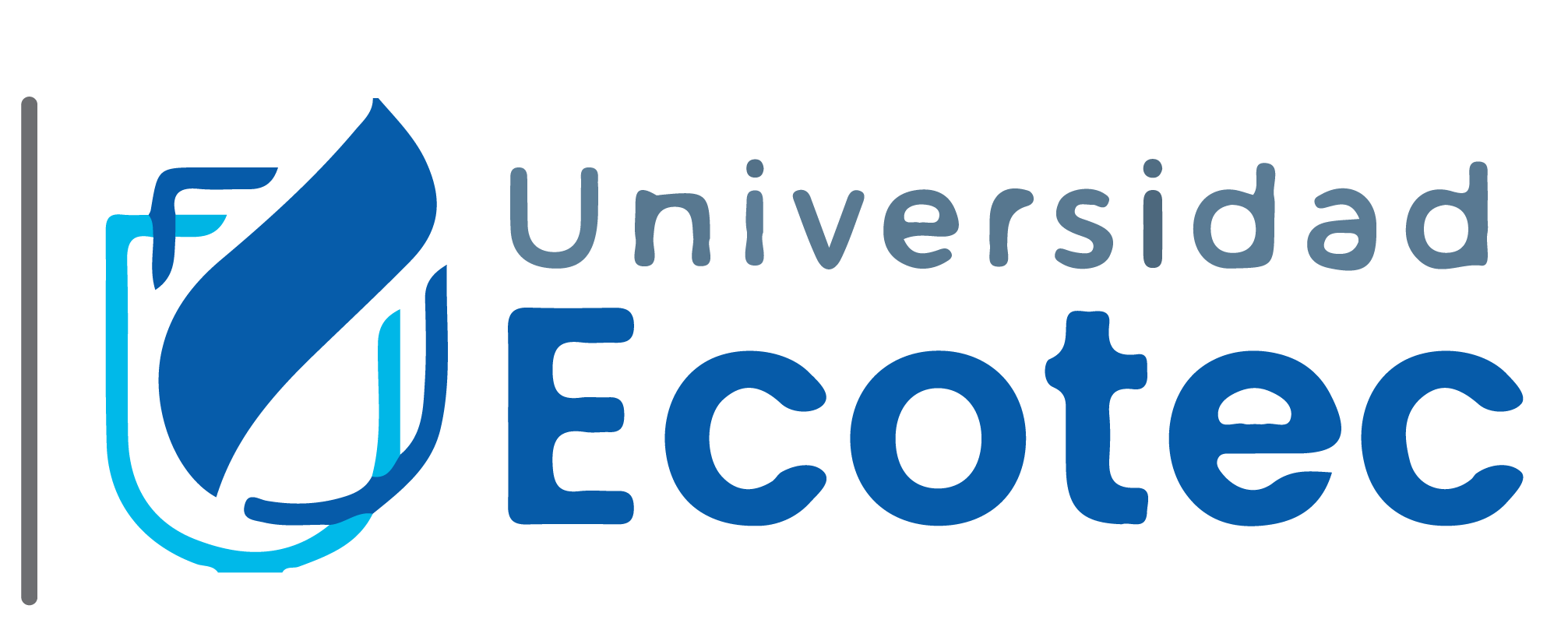Artículo
Trends of mapping knowledge structure and themes of cancer sonodynamic therapy: a text-mining study
Resumen
0
Autores | Teran-Perez, BM; Lafarga, CV; Felix, AM |
Título | Academic entrepreneurship and university spin-offs: A systematic literature review |
Afiliaciones | |
Año | 2020 |
DOI | 10.16967/23898186.630 |
Tipo de acceso abierto | gold, Green Submitted |
Referencia | WOS:000559954000007 |
Artículo obtenido de: | WOS |



